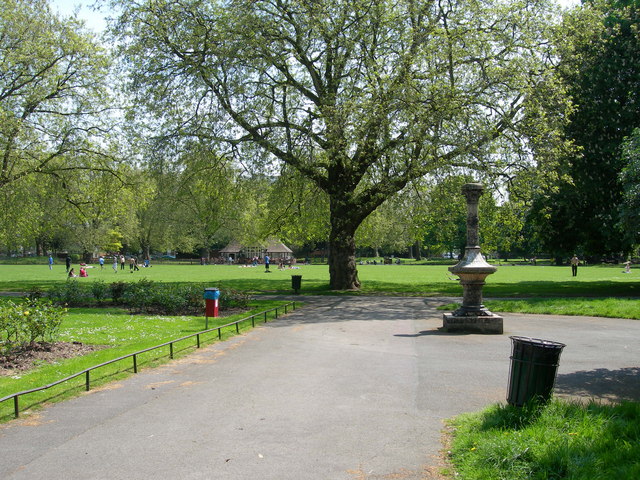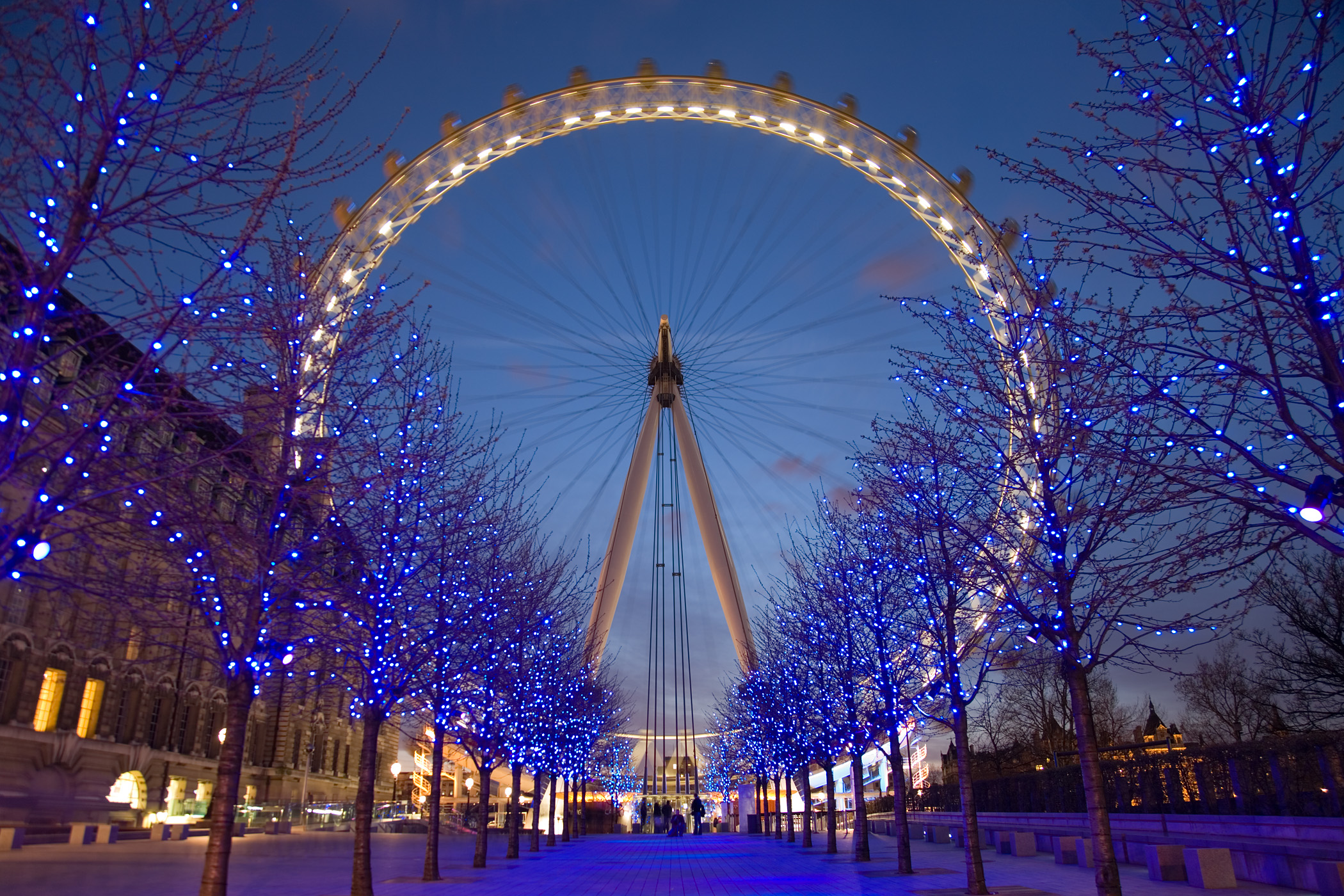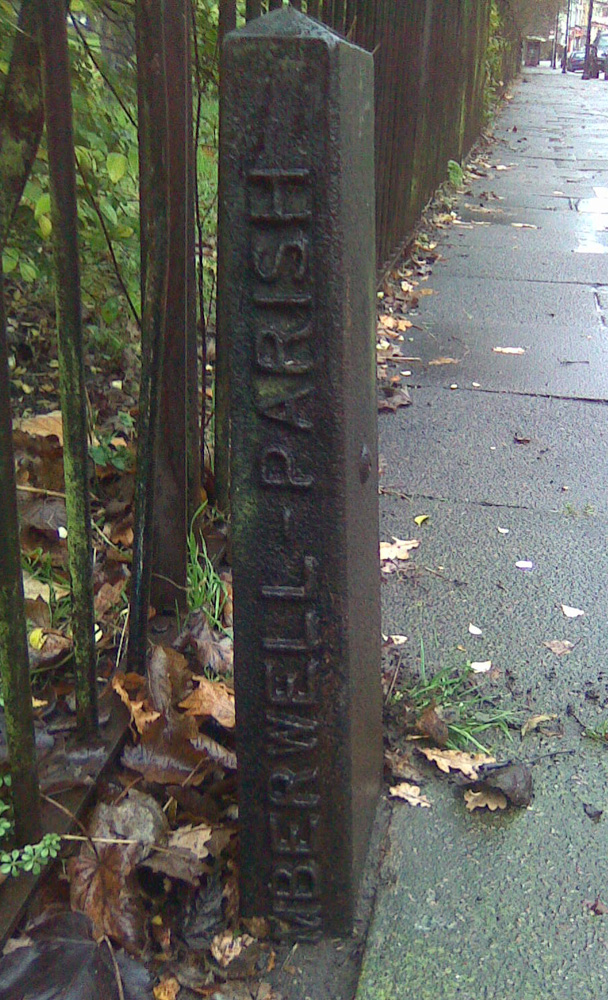|
Kennington
Kennington is a district in south London, England. It is mainly within the London Borough of Lambeth, running along the boundary with the London Borough of Southwark, a boundary which can be discerned from the early medieval period between the Lambeth and St George's parishes of those boroughs respectively. It is located south of Charing Cross in Inner London and is identified as a local centre in the London Plan. It was a royal manor in the parish of Lambeth (parish), St Mary, Lambeth in the Surrey, county of Surrey and was the administrative centre of the parish from 1853. Proximity to central London was key to the development of the area as a residential suburb and it was Metropolis Management Act 1855, incorporated into the metropolitan area of London in 1855. Kennington is the location of three significant London landmarks: the Oval cricket ground, the Imperial War Museum, and Kennington Park. Its population at the United Kingdom Census 2011 was 15,106. Kennington is serve ... [...More Info...] [...Related Items...] OR: [Wikipedia] [Google] [Baidu] |
Kennington Park
Kennington Park is a public park in Kennington, south London and lies between Kennington Park Road and St. Agnes Place. It was opened in 1854 on the site of what had been Kennington Common, where the Chartists gathered for their biggest "monster rally" on 10 April 1848. Soon after this demonstration the common was enclosed and, sponsored by the royal family, made into a public park. Kennington Common was a site of public executions until 1800 as well as being an area for public speaking. Some of the most illustrious orators to speak here were Methodist founders George Whitefield and John Wesley who is reputed to have attracted a crowd of 30,000. The common was one of the earliest London cricket venues and is known to have been used for top-class matches in 1724. G. B. Buckley, ''Fresh Light on 18th Century Cricket'', Cotterell, 1935. Kennington Park hosts the first inner London community cricket ground, sponsored by Surrey County Cricket Club whose home, The Oval, is close to ... [...More Info...] [...Related Items...] OR: [Wikipedia] [Google] [Baidu] |
The Oval
The Oval, currently known for sponsorship reasons as the Kia Oval, is an international cricket ground in Kennington, located in the borough of Lambeth, in south London. The Oval has been the home ground of Surrey County Cricket Club since it was opened in 1845. It was the first ground in England to host international Test cricket in September 1880. The final Test match of the English season is traditionally played there. In addition to cricket, The Oval has hosted a number of other historically significant sporting events. In 1870, it staged England's first international football match, versus Scotland. It hosted the first FA Cup final in 1872, as well as those between 1874 and 1892. In 1876, it held both the England v. Wales and England v. Scotland rugby international matches and, in 1877, rugby's first varsity match. It also hosted the final of the 2017 ICC Champions Trophy. History The Oval is built on part of the former Kennington Common. Cricket matches were playe ... [...More Info...] [...Related Items...] OR: [Wikipedia] [Google] [Baidu] |
Lambeth (parish)
Lambeth was a civil parish and metropolitan borough in south London, England. It was an ancient parish in the county of Surrey. The parish was included in the area of responsibility of the Metropolitan Board of Works in 1855 and became part of the County of London in 1889. The parish of Lambeth became a metropolitan borough in 1900, following the London Government Act 1899, with the parish vestry replaced by a borough council. Geography The ancient parish was divided into the six divisions of Bishop's Liberty, Prince's Liberty, Vauxhall Liberty, Marsh and Wall Liberty, Lambeth Dean and Stockwell Liberty. It covered an area 4,015 acres (recorded in 1851 census) and was north to south, but only at its widest east to west. In addition to the historic riverside area of Lambeth, this included Kennington, Vauxhall, Stockwell, Brixton, the western part of Herne Hill, Tulse Hill and West Norwood. As the population was increasing, in 1824 the ancient parish was subdivided into ec ... [...More Info...] [...Related Items...] OR: [Wikipedia] [Google] [Baidu] |
Vauxhall
Vauxhall ( ) is a district in South West London, part of the London Borough of Lambeth, England. Vauxhall was part of Surrey until 1889 when the County of London was created. Named after a medieval manor, "Fox Hall", it became well known for the Vauxhall Pleasure Gardens. From the Victorian period until the mid-20th century, Vauxhall was a mixed industrial and residential area, of predominantly manual workers' homes, many demolished and replaced by Lambeth Council with social housing after the Second World War, and business premises, including large railway, gas, and water works. These industries contrasted with the mostly residential neighbouring districts of Kennington and Pimlico. As in neighbouring Battersea and Nine Elms, riverside redevelopment has converted most former industrial sites into residential properties and new office space. Vauxhall has given its name to the Vauxhall parliamentary constituency and Vauxhall Motors. Geography Vauxhall is south of Charing C ... [...More Info...] [...Related Items...] OR: [Wikipedia] [Google] [Baidu] |
London Borough Of Lambeth
Lambeth () is a London boroughs, London borough in South London, England, which forms part of Inner London. Its name was recorded in 1062 as ''Lambehitha'' ("landing place for lambs") and in 1255 as ''Lambeth''. The geographical centre of London is at Frazier Street near Lambeth North tube station, though nearby Charing Cross on the other side of the Thames in the City of Westminster is traditionally considered the centre of London. History Origins Lambeth was part of the large ancient parish of Lambeth (parish), Lambeth St Mary, the site of the archepiscopal Lambeth Palace, in the Brixton (hundred), hundred of Brixton in the county of Surrey. It was an elongated north–south parish with of River Thames frontage opposite the cities of City of London, London and City and Liberty of Westminster, Westminster. Lambeth became part of the Metropolitan Police District in 1829. It remained a parish for English Poor Laws, Poor Law purposes after the Poor Law Amendment Act 1834, and w ... [...More Info...] [...Related Items...] OR: [Wikipedia] [Google] [Baidu] |
Vauxhall (UK Parliament Constituency)
Vauxhall is a constituency represented in the House of Commons by Florence Eshalomi of Labour Co-op since her election in 2019. Boundaries 1950–1974: The Metropolitan Borough of Lambeth wards of Bishop's, Marsh, Oval, Prince's, and Vauxhall. 1974–1983: The London Borough of Lambeth wards of Bishop's, Oval, Prince's, Stockwell, and Vassall. 1983–1997: The London Borough of Lambeth wards of Bishop's, Clapham Town, Ferndale, Larkhall, Oval, Prince's, Stockwell, and Vassall. 1997–2010: The London Borough of Lambeth wards of Angell, Bishop's, Clapham Town, Ferndale, Larkhall, Oval, Prince's, Stockwell, and Vassall. 2010–present: The London Borough of Lambeth wards of Bishop's, Clapham Town, Ferndale, Larkhall, Oval, Prince's, Stockwell, and Vassall. Vauxhall is wholly within the London Borough of Lambeth. The core of the constituency, unchanged from the former Lambeth North, is delimited by the River Thames to the west and north and the boundary with Southwark to th ... [...More Info...] [...Related Items...] OR: [Wikipedia] [Google] [Baidu] |
London Borough Of Southwark
The London Borough of Southwark ( ) in South London forms part of Inner London and is connected by bridges across the River Thames to the City of London and London Borough of Tower Hamlets. It was created in 1965 when three smaller council areas amalgamated under the London Government Act 1963. All districts of the area are within the London postal district. It is governed by Southwark London Borough Council. The part of the South Bank within the borough is home to London Bridge terminus station and the attractions of The Shard, Tate Modern, Shakespeare's Globe and Borough Market that are the largest of the venues in Southwark to draw domestic and international tourism. Dulwich is home to the Dulwich Picture Gallery and the Imperial War Museum is in Elephant and Castle. History Southwark is the oldest part of south London. An urban area to the south of the bridge was first developed in the Roman period, but subsequently abandoned. The name Southwark dates from the establishm ... [...More Info...] [...Related Items...] OR: [Wikipedia] [Google] [Baidu] |
Edward The Black Prince
Edward of Woodstock, known to history as the Black Prince (15 June 1330 – 8 June 1376), was the eldest son of King Edward III of England, and the heir apparent to the English throne. He died before his father and so his son, Richard II, succeeded to the throne instead. Edward nevertheless earned distinction as one of the most successful English commanders during the Hundred Years' War, being regarded by his English contemporaries as a model of chivalry and one of the greatest knights of his age. Edward was made Duke of Cornwall, the first English dukedom, in 1337. He was guardian of the kingdom in his father's absence in 1338, 1340, and 1342. He was created Prince of Wales in 1343 and knighted by his father at La Hougue in 1346. In 1346, Prince Edward commanded the vanguard at the Battle of Crécy, his father intentionally leaving him to win the battle. He took part in Edward III's 1349 Calais expedition. In 1355, he was appointed the king's lieutenant in Gascony, a ... [...More Info...] [...Related Items...] OR: [Wikipedia] [Google] [Baidu] |
River Effra
The River Effra is a former set of streams in south London, England, culverted and used mainly for storm sewerage. It had been a tributary of the Thames. Its catchment waters, where not drained to aquifer soakaways and surface water drains, have been incorporated into 1850s-built combined sewer sectors, devised by Sir Joseph Bazalgette. One drains Peckham, the other Brixton, then intended to flow towards Peckham. These generally flow east to be treated at Crossness. When it rains these sectors can purposefully backup and overflow in two Effra sewers that mirror a known and, from the study of medieval records, a suspected distributary. At least four of these limbs can operate to enable overflow, as opposed to normal flow, and it is not known how many Southwark distributaries ran before the known diversion to Vauxhall was made in the 13th century. Overflows reach two combined sewer overflows that will discharge into the Thames Tideway Tunnel on its completion in 2025. The 13 ... [...More Info...] [...Related Items...] OR: [Wikipedia] [Google] [Baidu] |
Metropolis Management Act 1855
The Metropolis Management Act 1855 (18 & 19 Vict. c.120) was an Act of the Parliament of the United Kingdom that created the Metropolitan Board of Works, a London-wide body to co-ordinate the construction of the city's infrastructure. The Act also created a second tier of local government consisting of parish vestries and district boards of works. The Metropolitan Board of Works was the forerunner of the London County Council. Background The Royal Commission on the City of London considered the case for creation of an authority for the whole of London. Its report recommended the creation of a limited-function Metropolitan Board of Works and seven municipal corporations based on existing parliamentary representation.Young, K. & Garside, P., ''Metropolitan London: Politics and Urban Change'', (1982) The Metropolitan Board of Works The act constituted the Metropolitan Board of Works and provided that its members should be chosen by the parish vestries and district boards also cons ... [...More Info...] [...Related Items...] OR: [Wikipedia] [Google] [Baidu] |
Surrey
Surrey () is a ceremonial and non-metropolitan county in South East England, bordering Greater London to the south west. Surrey has a large rural area, and several significant urban areas which form part of the Greater London Built-up Area. With a population of approximately 1.2 million people, Surrey is the 12th-most populous county in England. The most populated town in Surrey is Woking, followed by Guildford. The county is divided into eleven districts with borough status. Between 1893 and 2020, Surrey County Council was headquartered at County Hall, Kingston-upon-Thames (now part of Greater London) but is now based at Woodhatch Place, Reigate. In the 20th century several alterations were made to Surrey's borders, with territory ceded to Greater London upon its creation and some gained from the abolition of Middlesex. Surrey is bordered by Greater London to the north east, Kent to the east, Berkshire to the north west, West Sussex to the south, East Sussex to ... [...More Info...] [...Related Items...] OR: [Wikipedia] [Google] [Baidu] |
River Thames
The River Thames ( ), known alternatively in parts as the The Isis, River Isis, is a river that flows through southern England including London. At , it is the longest river entirely in England and the Longest rivers of the United Kingdom, second-longest in the United Kingdom, after the River Severn. The river rises at Thames Head in Gloucestershire, and flows into the North Sea near Tilbury, Essex and Gravesend, Kent, via the Thames Estuary. From the west it flows through Oxford (where it is sometimes called the Isis), Reading, Berkshire, Reading, Henley-on-Thames and Windsor, Berkshire, Windsor. The Thames also drains the whole of Greater London. In August 2022, the source of the river moved five miles to beyond Somerford Keynes due to the heatwave in July 2022. The lower reaches of the river are called the Tideway, derived from its long tidal reach up to Teddington Lock. Its tidal section includes most of its London stretch and has a rise and fall of . From Oxford to th ... [...More Info...] [...Related Items...] OR: [Wikipedia] [Google] [Baidu] |







